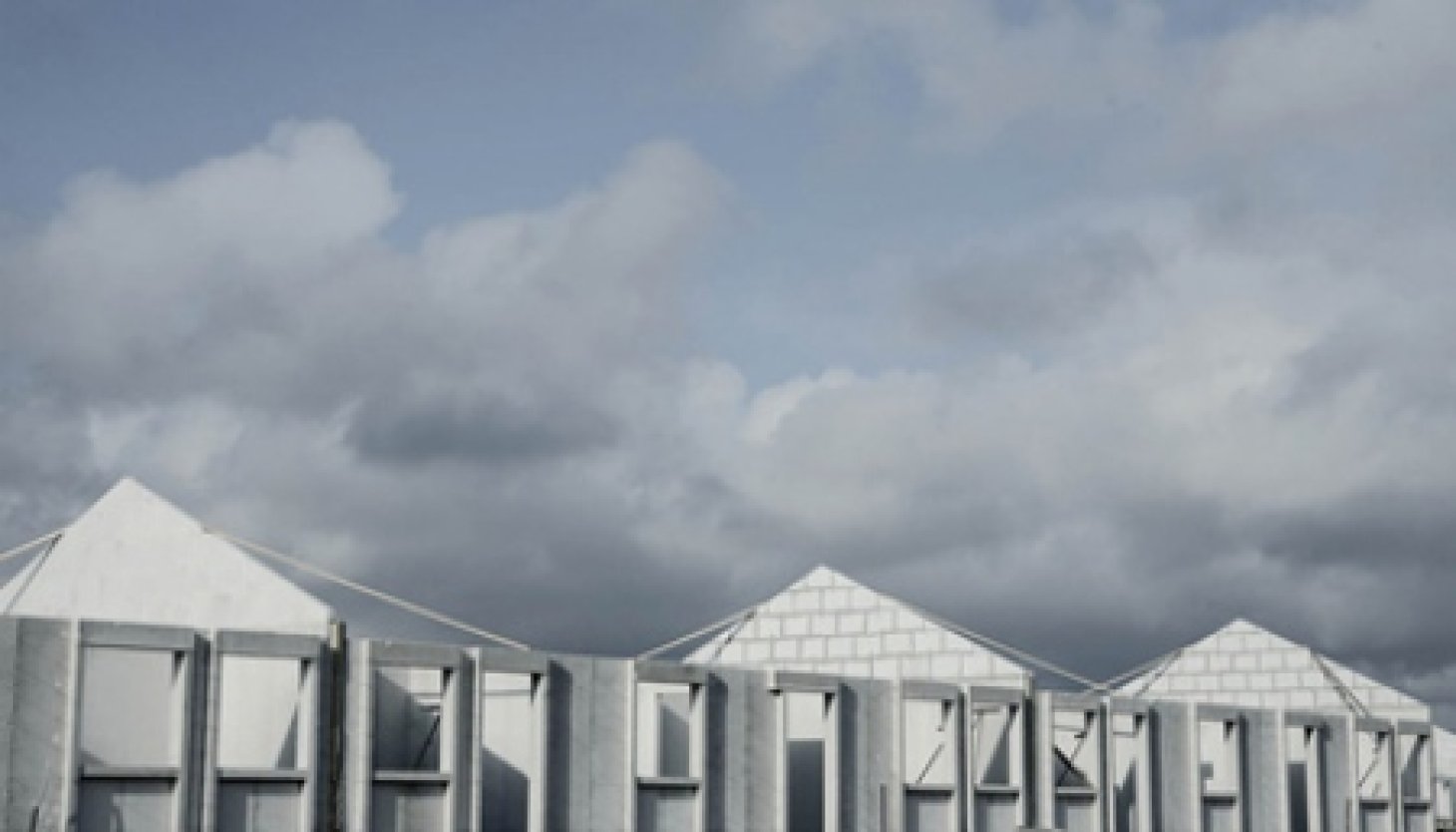
The UK has been a world-leader in the development of aspirational codes for the construction of new buildings with the zero carbon definition, originally planned for introduction in 2016, being the most ambitious yet conceived.
Already being revised, it remains to be seen how much of this aspiration is actually applied to new housing, so it is interesting to take a look at Europe and see how other countries are dealing with the same issues.
The most widely recognised standard for low energy housing is the German PassivHaus standard, setting extremely stringent energy efficiency requirements for the fabric of the house.
In Germany there are currently over 2,000 PassivHaus buildings and a number of German cities have now adopted it as a mandatory standard for building on publicly-owned land.
This standard, with its focus on low energy consumption, exceptional thermal efficiency and, critically, airtightness, is finding favour across Europe.
Austria and Switzerland show significant numbers of PassivHaus buildings, with Switzerland also stipulating that buildings must lie within 10% of base costs to qualify for certification: helping to dispel the myth that enhanced standards are not economically feasible.
Within this context, our fact-finding mission was focused on seeing how these standards are being reached, with a natural interest in the use of aircrete.
One significant area of difference between PassivHaus and our own Part L aspirations is the focus on airtightness in the former. PassivHaus buildings rely on providing a highly insulated airtight structure in which the interior environment is mechanically controlled. The result is a near-zero requirement for space heating.
PassivHaus is extremely prescriptive, with exact target U-values and airtightness levels specified. For airtightness the standard states that the building must not lead to more than 0.6 air changes per hour (n50 ≤ 0.6 / hour) at 50 Pa (N/m²) as tested by a blower door.
Wall U values can be higher if homes are more airtight
Whilst Sweden and Denmark work to the same levels of regulatory requirements for energy use as PassivHaus, they do not apply the rigid restrictions on low fabric U values. Airtightness is important along with indoor air quality, but there is not the requirement to have low long stop wall and fabric U values.
With a tradition of using timber-frame construction in Sweden, masonry building methods are gradually gaining ground. Aircrete is making inroads because of its inherent thermal efficiency and because of the excellent airtightness of both the product and the thin-joint method.
Because of its sealed surfaces, aircrete does not need parging (as dense aggregate blocks would) to provide airtightness: the combination of thermal efficiency, airtightness and speed of build is proving attractive.
With its own energy efficiency standards tightening fast, Denmark is looking at ways to minimise the wall thickness while still focusing on this method of build.
Wall thickness is also a big issue in the UK, where plot sizes tend to be smaller. So far we have provided walls with a U-value of 0.18W/m2K requiring a 100mm cavity with new forms of insulation. Lower U values can be obtained, but, at the moment, there is a trade-off in terms of the cavity width. 0.18 W/m2K is the base level being suggested for the 2016 maximum Fabric Energy Efficiency Standard.
Having looked at the work being carried out in Europe, we came back to the UK impressed by the way in which houses in Sweden can be built without resorting to low fabric U values, but with a clear emphasis of airtightness. With its clear, unambiguous targets and specifications, the standard offers clarity. Either way, airtightness is clearly going to be an increasingly important factor in new building design.